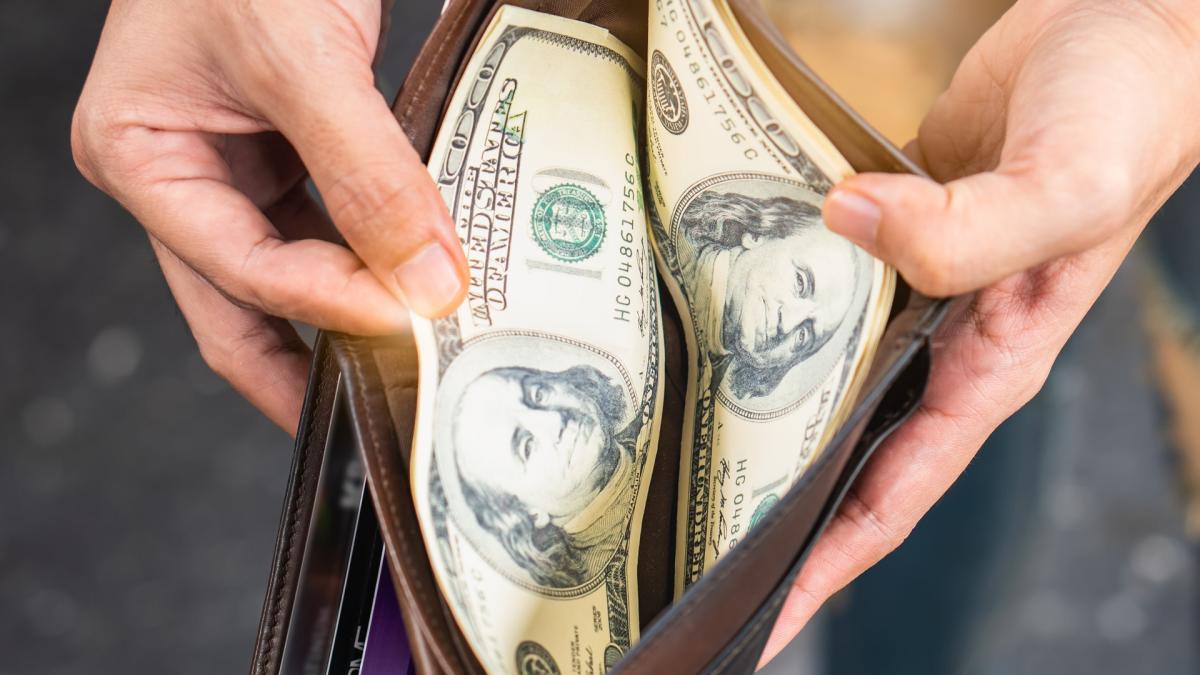Tony Robbins: Dos and Don’ts of Side Gigs

Side gigs are increasingly popular among working-age Americans. According to a 2023 survey, 40% of adults have a part-time income source in addition to their regular full-time job.
Some side hustlers are content to keep that work secondary, but many dream of taking their hustle full time. In 2023, 44% of new entrepreneurs started their businesses while working for another employer. In 2022, that number was just 27%.
Tony Robbins knows about starting a business. He’s one of the world’s most popular business strategists and entrepreneurship coaches, with seven bestsellers and $7 billion in annual business income under his belt.
Robbins also has a blog where he posts personal and professional development articles. He recently shared tips on what to do and not do with your side hustle, particularly when you want to go full time.
The Dos
Here’s what Robbins says about how to approach your side gig.
DO Keep the Pressure Off Financially
There’s a popular mental model of the bootstrapping entrepreneur living hand-to-mouth because desperation drives innovation. Robbins says that’s not the case.
According to a study from the TIAA Institute, 42% of Americans believe that money concerns make their mental health worse. The same research shows that financial stress increases absenteeism and tardiness by 34%.
No one innovates when they’re too stressed to show up. If you keep your day job and run your side gig after hours, you have more mental space to focus on it.
DO Enjoy the Freedom To Experiment
According to Robbins, keeping your day job makes you a more creative thinker. When your side gig has to pay your bills and turn a profit, you’re more likely to make “good enough” business decisions. You stop short of innovation because you become more risk-averse.
When you’re not worried about making a living from your side gig, you can try different ways of running the business.
DO Learn From the Greats
Robbins loves success stories and has plenty to support the keep-your-day-job hypothesis. He references recording artist John Legend, who kept working as a management consultant until he could make a living through music. He points to Phil Knight, founder of Nike, who worked as an accountant and teacher until his shoe sales topped $1 million.
These entrepreneurs had vision, Robbins says. They focused on big-picture thinking and put their businesses first, even when it meant working more hours for a few more years.
The Don’ts
Robbins understands how easy it is to glamorize the bootstrap lifestyle — but he’s also a realist. Before you make any decisions about your side hustle, check out his advice on what to avoid.
DON’T Be a “Wantrepreneur”
Robbins uses this term as shorthand for “wannabe entrepreneur” — the would-be business leaders stuck in the idea stage. They focus on less important details, such as logos and brand colors, instead of doing the real work of developing a marketable product.
If you have the security of a steady income, staying in this stage can be a real temptation. Instead, Robbins says, use that security to build a solid foundation.
DON’T Hold Back When It’s Time To Let Go
Robbins may be a fan of the strategic day job, but he also warns readers not to stay too long. If you want to grow your side gig to the point where you no longer need a day job, commit to making the leap when the time is right.
According to Robbins, that time comes when you have three things:
- A business plan
- A viable financing strategy
- A way to stand out in your niche
If you have all three of those things, Robbins says, don’t hold back just because you’re afraid.
No one can tell you when it’s time to quit your job and run your side gig full time, Robbins says. Only you know when you have enough resources to go all-in, and there’s no single correct timeline for everyone. You might develop your side gig for years before launching a full-time business, and that’s OK. You might still be in the early stages and unsure of when the time will be right.
If you and your business have healthy bank accounts and financial futures, you’re doing OK. Keep that side gig on the side as long as you need to. You’re in good company.
More From GOBankingRates



